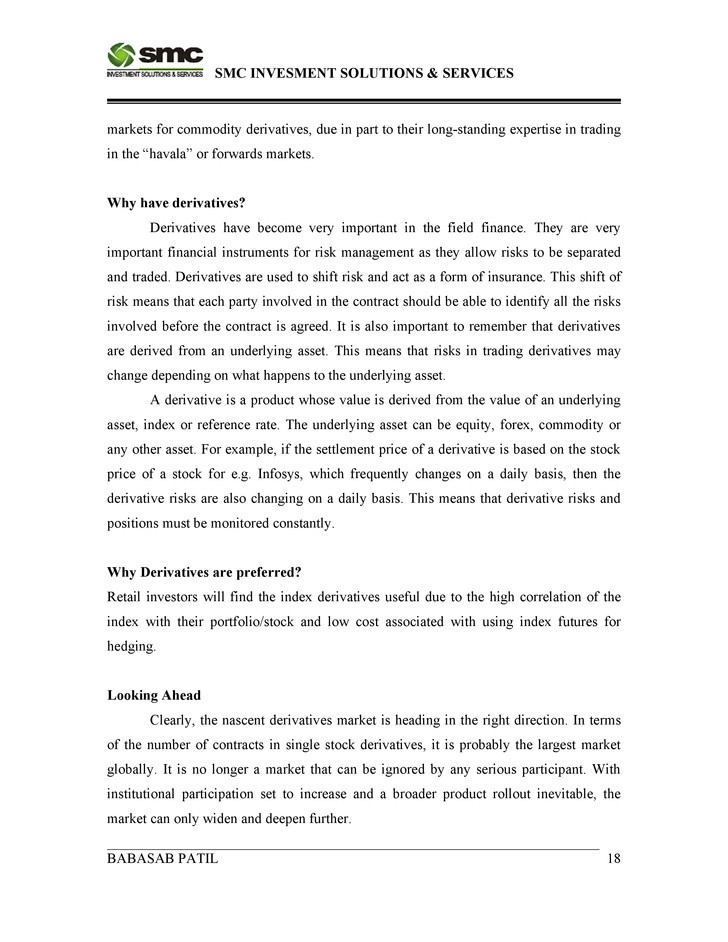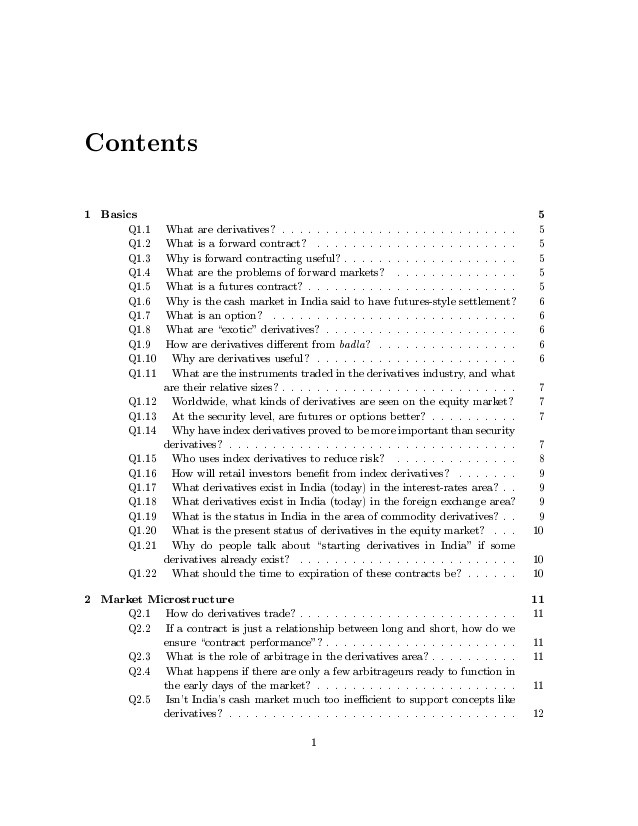Are Derivatives Safe For Retail Investors_1
Post on: 13 Апрель, 2015 No Comment

In The Divine Comedy, Dante, a thirteenth century Italian poet, describes a journey through hell. He must have been on the wrong side of a derivatives trade.
Mention derivatives to the average investor and visions arise of Long-Term Capital Management, a large hedge fund whose failed risk-arbitrage trading strategies nearly collapsed the global financial system in 1998, and Enron, where misuse of derivatives played a role in one of the largest bankruptcies in American history.
With this in mind, are derivatives even appropriate for the average retail investor. One aspect of derivatives is certain — they have an image problem. Read on to learn why derivatives have received such a bad reputation and whether this notoriety is deserved.
The Problem with Derivatives
There are four fundamental problems that contribute to the negative image of derivatives:
- Bad press. If it isn’t bad news, it isn’t news. Stories in the press tend to focus on the illegitimate abuse of derivatives rather than how they are used legitimately.
- Investors’ misinformed perceptions and uninformed opinions.
- Improper suitability given an investor’s resources and temperament.
- Lack of investor education.

The retail public reads these disaster stories and form opinions based on nothing else but what they read in the paper or see on television. The consequence of this is that the public tends to follow only the headline news and focus on the illegitimate abuse of derivatives, and they don’t understand the historical advantages of using derivatives .
Who Uses Them?
Despite the well-publicized debacles, the growth in derivatives has been nothing short of remarkable. According to the Chicago Mercantile Exchange (CME), the S&P 500 mini futures contract (one-fifth the size of the normal contract) had its 10th anniversary in 2007. Furthermore, the average daily trading volume in that contract has reached more than 1 million contracts per day. In all equity products, that volume has reached 1.6 million contracts per day. Year-over-year growth from 2005 to 2006 has risen 30% in e-mini futures and a whopping 134% in the option contracts on those futures.
Data from Greenwich Associates’ research of institutional investors and hedge funds indicates a clear preference: 80% of institutional investors use single-stock, listed and over-the-counter options, as do 96% of hedge funds. About 74% of institutional investors and 77% of hedge funds use index options. Index futures are used by two-thirds of institutional investors and half of hedge funds. Exchange-traded funds are used by 70% of institutional investors and 84% of hedge funds. All other strategies pale in comparison.
SEE: Futures Fundamentals: Introduction
Investor Perceptions
There are four fundamental perceptions or opinions the public has about derivatives.
It’s an Institutional Market
Yes, it is. According to research conducted by the consulting firm Greenwich Associates, notional volume in interest rate derivatives for 2005 was nearly $1.5 trillion, 85% of which came from 260 institutions trading more than $1 billion each. Derivatives are a global marketplace — 27% originates in the United States and Canada, 63% in the United Kingdom and Europe and the rest in Asia and the Pacific Rim.














